On January 24, 1972, Michael Jackson took a significant step forward in his artistic journey with the release of “Got to Be There,” his debut solo studio album. This release marked a pivotal moment, not only for Jackson but for the music industry as a whole. At just thirteen years old, Jackson demonstrated an impressive maturity and depth, characteristics that would define his career. The album emerged four weeks after the Jackson 5’s “Greatest Hits,” strategically introducing Jackson’s solo capabilities to an audience already familiar and enamored with his work within the group.
“Got to Be There” is more than just a collection of songs; it is a declaration of independence and a showcase of versatility that highlighted Jackson’s ability to cross musical boundaries. Its release underscored his potential to evolve beyond the pop and soul confines of the Jackson 5, hinting at the groundbreaking influence he would eventually wield over the entire music landscape. This album not only solidified his status as a burgeoning solo artist but also foreshadowed the unprecedented impact Michael Jackson would continue to have as a global superstar.
| Date | January 24, 1972 |
|---|---|
| Event | Release of “Got to Be There” |
| Significance | Michael Jackson’s debut solo studio album |
| Artist Age | 13 years old |
| Characteristics | Maturity and depth |
| Previous Release | Four weeks after Jackson 5’s “Greatest Hits” |
| Impact | Declared independence, showcased versatility, foreshadowed future influence |
Contents
Background and Production
The production of Michael Jackson’s debut solo album, “Got to Be There,” was a meticulously orchestrated affair that reflected the high standards of Motown Records. At the helm as executive producer was Berry Gordy, the founder of Motown, who played a pivotal role in shaping the sound and direction of the album. Gordy’s vision was to ensure that Jackson’s transition from a group member to a solo artist was both seamless and impactful, leveraging the young star’s already well-established appeal.
The arrangements were masterfully handled by The Corporation, a production team created by Gordy specifically to produce hits for the Jackson 5 and later for Michael Jackson’s solo projects. This team, known for their keen ability to blend pop sensibilities with soulful rhythms, provided the perfect backdrop for Jackson’s versatile vocals. The Corporation’s influence is evident throughout the album, with arrangements that highlighted Jackson’s maturity beyond his years.
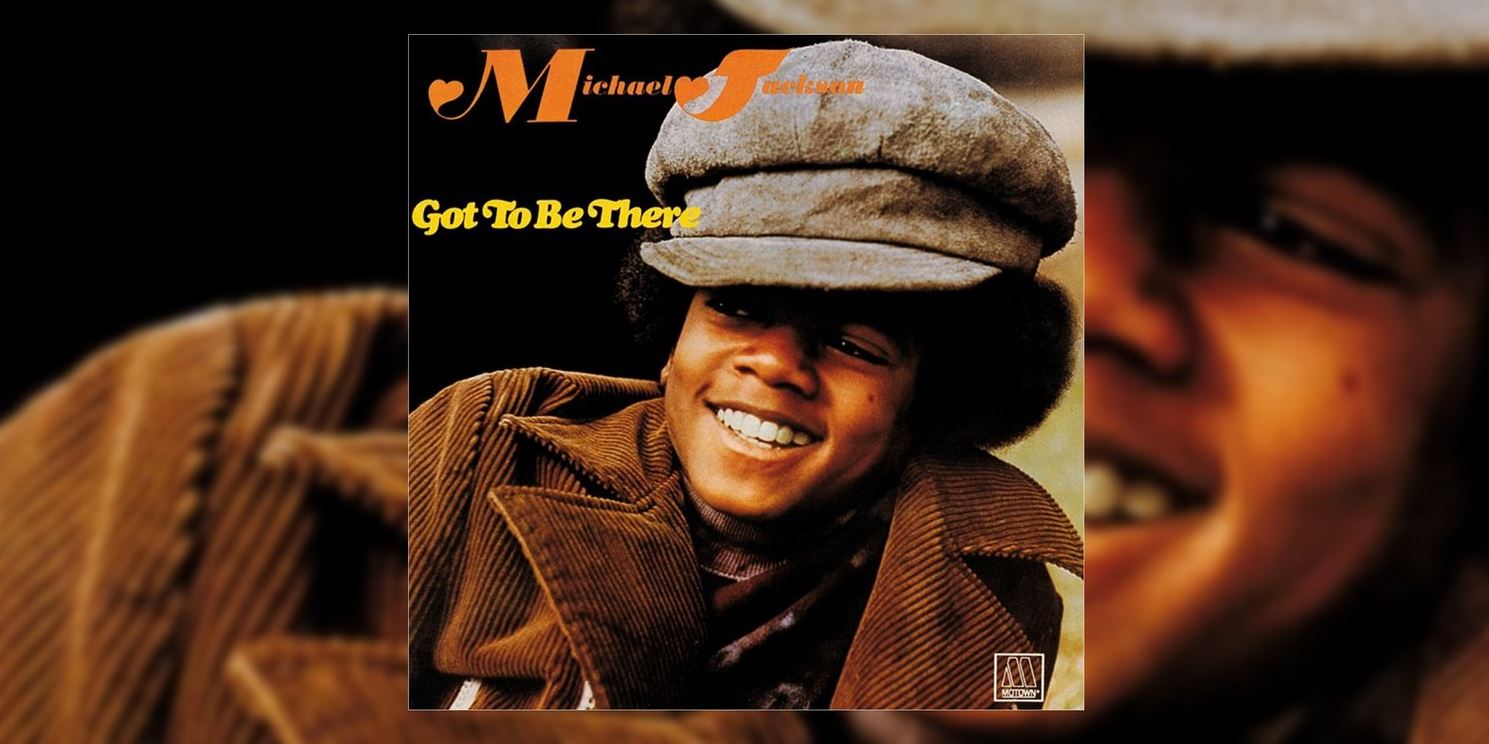
In addition to The Corporation, several other notable musicians and arrangers contributed to the album’s distinct sound. Eddy Manson brought his expertise on the harmonica, adding a unique texture to several tracks. James Anthony Carmichael, known for his later work with Lionel Richie and the Commodores, contributed his arranging skills, further enriching the album’s musical depth. Gene Page, famous for his lush orchestral arrangements, and Dave Blumberg also played critical roles in crafting the sophisticated soundscapes that characterized the album.
“Got to Be There” featured a mix of original songs and remakes, showcasing Jackson’s ability to interpret and invigorate existing music. Notable among these were his soul-stirring rendition of Bill Withers’ “Ain’t No Sunshine” and a heartfelt version of Carole King’s “You’ve Got a Friend.” These tracks not only highlighted Jackson’s vocal versatility but also his emotional depth, qualities that would become hallmarks of his later works.
| Executive Producer | Berry Gordy |
|---|---|
| Main Production Team | The Corporation |
| Contributors | Eddy Manson (harmonica), James Anthony Carmichael (arranger), Gene Page (orchestral arrangements), Dave Blumberg (arranger) |
| Key Features | Blend of original songs and remakes, highlighting Michael Jackson’s vocal versatility and emotional depth |
| Notable Tracks | “Ain’t No Sunshine” (Bill Withers), “You’ve Got a Friend” (Carole King) |
Album Content
The album opens with a soulful interpretation of Bill Withers’ “Ain’t No Sunshine,” recorded between July and November 1971. This track sets a reflective tone with its slow tempo of 74 beats per minute, allowing Jackson’s emotive voice to take center stage. The song is followed by “I Wanna Be Where You Are,” a composition by Arthur “T-Boy” Ross and Leon Ware, which showcases a more upbeat, longing feel at a tempo conducive to its lyrical yearning.
“Girl Don’t Take Your Love from Me,” penned by Willie Hutch, continues the theme of romantic pleading. Its arrangement complements Jackson’s pleading tones with a smooth, flowing rhythm. “In Our Small Way,” written by Beatrice Verdi and Christine Yarian, offers a message of love and kindness, underscored by its gentle melody and thoughtful lyrics.
The title track, “Got to Be There,” composed by Elliot Willensky and recorded in June 1971, stands out as a highlight. It captures the essence of Jackson’s appeal as a solo artist—his ability to convey complex emotions with simplicity and sincerity. The song’s moderate tempo and pure vocal delivery make it a centerpiece of the album.
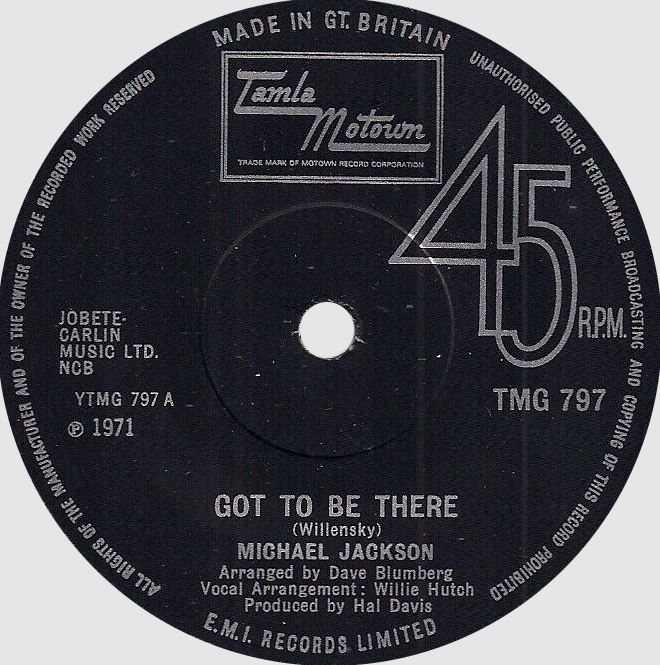
“Rockin’ Robin,” a lively cover of Bobby Day’s hit, showcases Jackson’s versatility and comfort with more upbeat, playful material. Recorded from July to November 1971, this track features a brisk tempo of 170 beats per minute, making it one of the album’s most energetic offerings.
The second side of the album features songs like “Wings of My Love,” by The Corporation, providing a soaring, optimistic backdrop to Jackson’s vocals, and “Maria (You Were the Only One),” a soulful ballad that showcases his ability to handle nuanced emotional themes. “Love Is Here and Now You’re Gone,” a cover of The Supremes’ classic, and “You’ve Got a Friend” by Carole King, close the album on a high note, with the latter offering a reassuring warmth that perfectly encapsulates the album’s overall message of friendship and reliability.
“Got to Be There” not only served as a stunning debut for Michael Jackson as a solo artist but also as a testament to the collaborative spirit of Motown’s production team and the young star’s extraordinary talent. Each track, carefully chosen and masterfully produced, contributed to a launch that would lead to one of the most iconic careers in music history.
| Track | Title | Composer(s) | Tempo (BPM) | Description |
|---|---|---|---|---|
| 1 | “Ain’t No Sunshine” | Bill Withers | 74 | Soulful, reflective, showcases emotive voice |
| 2 | “I Wanna Be Where You Are” | Arthur “T-Boy” Ross, Leon Ware | Upbeat | Expresses longing with a lyrical yearning |
| 3 | “Girl Don’t Take Your Love from Me” | Willie Hutch | Smooth | Theme of romantic pleading with a flowing rhythm |
| 4 | “In Our Small Way” | Beatrice Verdi, Christine Yarian | Gentle | Offers a message of love and kindness |
| 5 | “Got to Be There” | Elliot Willensky | Moderate | Highlight of the album, conveys complex emotions simply |
| 6 | “Rockin’ Robin” | Bobby Day | 170 | Upbeat, playful, showcases versatility |
| 7 | “Wings of My Love” | The Corporation | Optimistic | Soaring backdrop, optimistic tones |
| 8 | “Maria (You Were the Only One)” | — | Soulful | Nuanced emotional themes, showcases vocal prowess |
| 9 | “Love Is Here and Now You’re Gone” | The Supremes | — | Cover of a classic, expresses emotional departure |
| 10 | “You’ve Got a Friend” | Carole King | — | Warmth and reassurance, encapsulates album’s message |
Release and Promotion
“Got to Be There,” Michael Jackson’s debut solo album, was strategically released on January 24, 1972, by Motown Records, positioning it just four weeks after the Jackson 5’s “Greatest Hits.” This timing was critical, as it leveraged the heightened visibility and popularity of the Jackson 5 to boost Jackson’s solo career. The proximity of these releases helped maintain the momentum generated by the group’s success, providing a seamless transition for fans from the ensemble’s hits to Michael’s individual artistry.
The promotional strategy for “Got to Be There” was meticulously planned. Motown released the title track “Got to Be There” as the first single on October 7, 1971, several months before the album. This song established a solid groundwork for the album’s launch, reaching number four on the Billboard Hot 100. Its success was pivotal, showcasing Jackson’s capability to stand as a solo performer. Following this, “Rockin’ Robin” was released as the second single and soared to number two on the Billboard Hot 100, underscoring Jackson’s appeal and versatility with a more upbeat and energetic track.
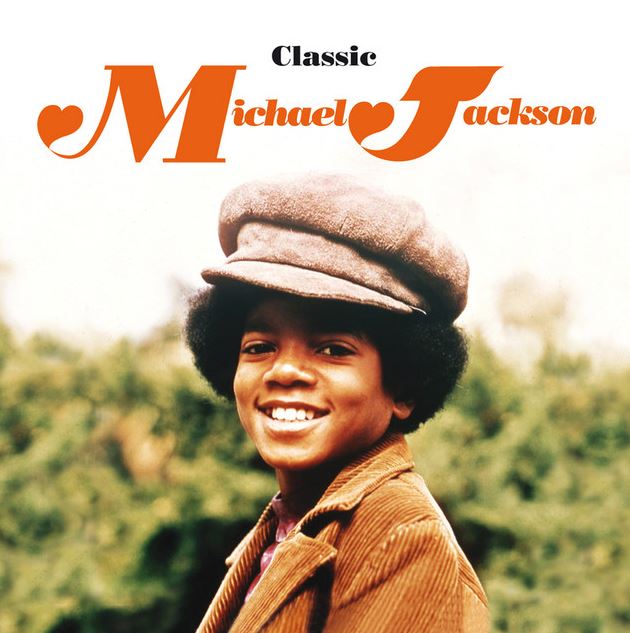
The third single from the album, “I Wanna Be Where You Are,” was released later and also performed well, peaking at number 29 on the Billboard Hot 100. Although not as high as the previous singles, its success contributed significantly to the album’s overall commercial performance and was particularly popular in R&B markets, highlighting Jackson’s strength in this genre.
| Album Release Date | January 24, 1972 |
|---|---|
| Strategic Context | Released four weeks after Jackson 5’s “Greatest Hits” |
| Title Track Release Date | October 7, 1971 |
| Title Track Billboard Peak | Number 4 on the Billboard Hot 100 |
| Second Single | “Rockin’ Robin” |
| Second Single Billboard Peak | Number 2 on the Billboard Hot 100 |
| Third Single | “I Wanna Be Where You Are” |
| Third Single Billboard Peak | Number 29 on the Billboard Hot 100 |
| Impact | Leveraged Michael Jackson’s visibility, maintained momentum, showcased versatility |
Critical Reception Via Video Song
The critical reception of “Got to Be There” was generally positive, with music critics acknowledging Michael Jackson’s smooth transition from a group member to a solo artist. Publications such as Rolling Stone and AllMusic provided substantial reviews that underscored the album’s significance in the pop and R&B scenes.
In a detailed review, Rolling Stone praised the album for its polished production and Michael’s mature vocal delivery, describing it as “slick, artful, and every bit as good as the regular Jackson 5 product.” The review highlighted Jackson’s “sweetly touching voice,” which combined innocence with utter professionalism, making the album both fascinating and irresistible.
Rob Theakston of AllMusic, in a retrospective critique, rated the album two and a half out of five stars. He pointed out that while “Got to Be There” is somewhat erratic as a cohesive album, it significantly showcases Michael Jackson’s versatility. Theakston specifically praised Jackson’s covers, such as “You’ve Got a Friend” and “Ain’t No Sunshine,” noting how these tracks demonstrated his ability to adapt and excel across different musical styles.
Leah Greenblatt of Entertainment Weekly gave the album a B+ rating, calling attention to several standout tracks. She found the cover of “Rockin’ Robin” to be jaunty and the title track “Got to Be There” wistful, with the song “I Wanna Be Where You Are” described as soaring. Greenblatt’s review emphasized the album’s ability to capture and convey the youthful yet profound essence of Jackson’s artistry, which appealed to both existing fans and new listeners.
Overall, “Got to Be There” was well-received by critics who appreciated Michael Jackson’s ability to infuse depth and emotion into his performances. The album not only showcased his vocal prowess but also highlighted his potential to grow and evolve in the music industry. This critical acclaim, coupled with strong promotional strategies and chart-topping singles, paved the way for Michael Jackson’s storied and groundbreaking career as a solo artist.
| Publication | Reviewer | Rating | Comments |
|---|---|---|---|
| Rolling Stone | — | — | Polished production, mature vocal delivery, described as “slick, artful, and every bit as good as the regular Jackson 5 product.” |
| AllMusic | Rob Theakston | 2.5 out of 5 stars | Album is somewhat erratic but showcases Michael’s versatility, praised covers “You’ve Got a Friend” and “Ain’t No Sunshine.” |
| Entertainment Weekly | Leah Greenblatt | B+ | Highlighted tracks like “Rockin’ Robin,” “Got to Be There,” and “I Wanna Be Where You Are,” praising the album’s youthful yet profound essence. |
Commercial Performance
“Got to Be There,” Michael Jackson’s inaugural solo venture, marked its commercial presence with significant success across various charts. Upon its release, the album ascended to number 14 on the US Billboard 200, affirming Jackson’s appeal beyond the Jackson 5’s fanbase. More impressively, it reached number 3 on the Top R&B/Hip-Hop Albums chart, highlighting its resonance with the R&B audience and confirming Jackson’s effectiveness in engaging a core demographic that had embraced the Jackson 5.
The Recording Industry Association of America (RIAA) certified the album Gold on August 2, 2013, signifying sales of over 500,000 copies in the United States. This milestone was a testament to the album’s enduring popularity, more than four decades after its initial release. Initially, “Got to Be There” had demonstrated robust sales, reportedly moving over 750,000 copies within the first three weeks of release, a remarkable achievement for a debut solo album at the time. As of 2009, the album had accumulated global sales exceeding 3.2 million copies, underscoring its widespread appeal and the global reach of Michael Jackson’s music.
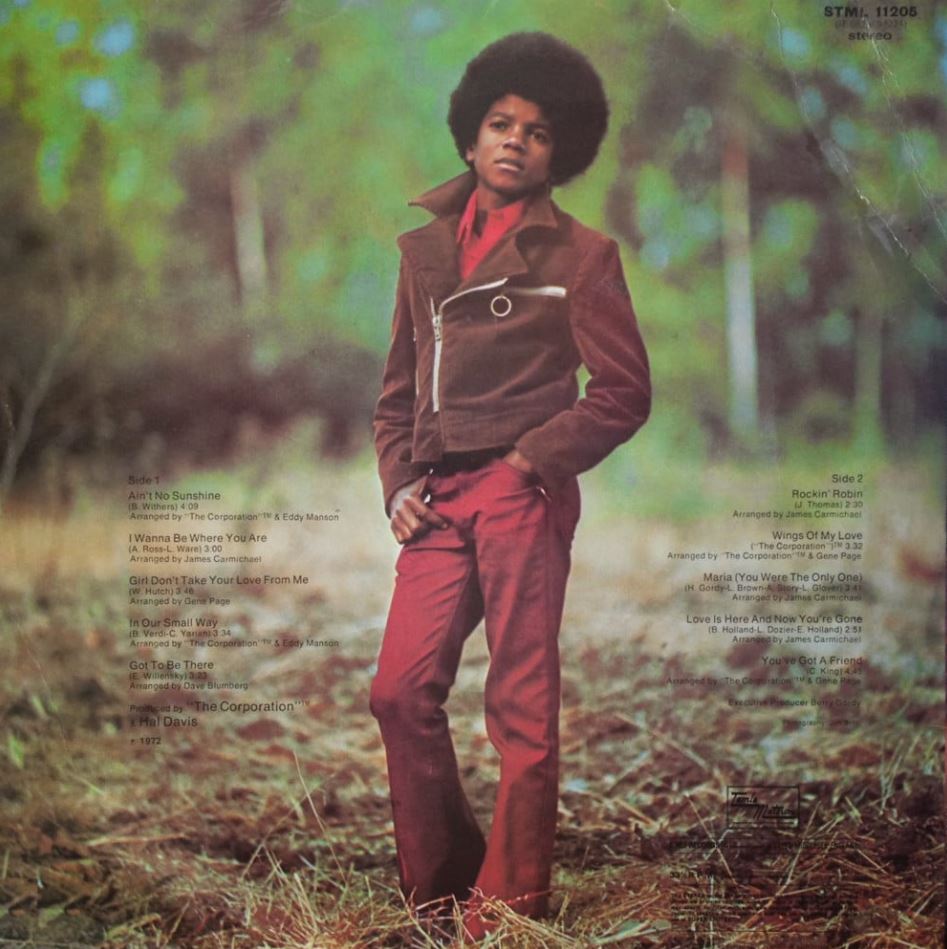
In 2009, “Got to Be There” was remastered and reissued as part of the “Hello World: The Motown Solo Collection,” a 3-disc compilation. This reissue allowed new generations of listeners to experience Jackson’s early work in a modern format, renewing interest in his formative years as a solo artist and contributing to the album’s ongoing sales and relevance.
| Chart Performance | Number 14 on the US Billboard 200, number 3 on the Top R&B/Hip-Hop Albums |
|---|---|
| RIAA Certification Date | August 2, 2013 |
| RIAA Certification | Gold (over 500,000 copies sold in the US) |
| Initial Sales | Over 750,000 copies within the first three weeks of release |
| Total Global Sales as of 2009 | Over 3.2 million copies |
| Reissue | 2009, as part of “Hello World: The Motown Solo Collection” |
| Impact of Reissue | Renewed interest in Michael Jackson’s early work, contributed to ongoing sales and relevance |
Impact and Legacy
“Got to Be There” played a crucial role in shaping Michael Jackson’s career trajectory, serving as the bridge that facilitated his transition from a member of the Jackson 5 to a standalone superstar. The album’s success provided Jackson the credibility and confidence to pursue more ambitious projects, which would eventually lead to landmark albums such as “Off the Wall,” “Thriller,” and “Bad.” By establishing a solid solo foundation, “Got to Be There” allowed Jackson to explore and realize his artistic vision, which would have been impossible within the confines of a group dynamic.
The album also had a profound impact on the music industry, particularly in how young artists were perceived and marketed. Jackson’s ability to command significant sales and critical acclaim as a young artist encouraged record labels to invest in young talent with a seriousness that had been reserved for more mature performers. This shift opened doors for future generations of young artists, who could now aspire to solo success with the industry’s backing.
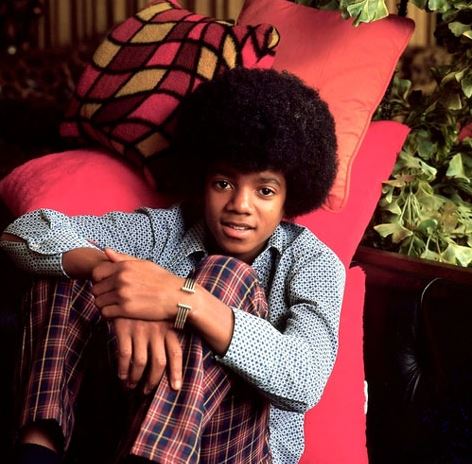
Moreover, “Got to Be There” influenced the development of R&B and pop music by showcasing the potential for complex emotional and vocal expression in young performers. Michael Jackson’s nuanced interpretations of songs like “Ain’t No Sunshine” and “You’ve Got a Friend” expanded the artistic boundaries for child and teenage artists, setting new standards for vocal maturity and emotional depth.
The legacy of “Got to Be There” is also evident in its influence on other artists. Many have cited Michael Jackson’s early work as inspirational, noting his exceptional vocal skill and emotional delivery as influential in their own development as artists. This album, with its blend of soulful covers and fresh material, continues to be a reference point for artists seeking to blend authenticity with commercial appeal.
In conclusion, “Got to Be There” was more than just a commercially successful album; it was a pivotal moment in the history of pop and R&B music. It not only launched Michael Jackson’s solo career but also helped redefine what was possible for young artists in the music industry, leaving a lasting impact that is felt to this day. Through its enduring sales, continued relevance, and influence on subsequent generations, the album remains a significant chapter in the story of one of music’s most iconic figures.
| Impact on Career | Facilitated transition from Jackson 5 to solo superstar, set foundation for future landmark albums like “Off the Wall,” “Thriller,” and “Bad.” |
|---|---|
| Influence on Music Industry | Prompted record labels to take young artists seriously, influenced marketing strategies, opened doors for future generations of solo young artists. |
| Contribution to Music Genres | Influenced development of R&B and pop, showcased potential for emotional and vocal depth in young performers. |
| Influence on Other Artists | Inspired many artists, noted for exceptional vocal skill and emotional delivery, continues to be a reference for authenticity and commercial appeal. |
| Legacy | Pivotal in the history of pop and R&B music, helped redefine artist possibilities, enduring influence on music and artists. |
“Got to Be There” stands as a seminal work in the vast and storied discography of Michael Jackson, marking his auspicious debut as a solo artist. Released when Jackson was just 13 years old, the album not only showcased his incredible talent and versatility but also set the stage for what would become a revolutionary career in music. The enduring qualities of this album—its emotional depth, vocal maturity, and innovative production—have cemented its place in the annals of pop and R&B music.
The album was a declaration of Jackson’s capabilities as a solo performer, distinct from his achievements with the Jackson 5. It featured a mix of soulful covers and fresh, vibrant tracks that highlighted his unique voice and artistic identity. Songs like “Ain’t No Sunshine” and “Rockin’ Robin” not only achieved commercial success but also demonstrated Jackson’s ability to reinterpret and invigorate existing music with his youthful energy and exceptional emotive power. The title track, “Got to Be There,” epitomized this, capturing the hearts of listeners with its sincere delivery and lyrical poignancy.
Michael Jackson’s legacy as a pop icon is unparalleled, and “Got to Be There” played a crucial role in its formation. This album helped bridge his transition from a beloved child star to a formidable solo artist, laying the groundwork for his later groundbreaking works. It is a testament to his enduring influence that the songs from this debut continue to resonate with audiences, both old and new, decades after their release.
In the broader spectrum of music history, “Got to Be There” is a cornerstone for understanding the evolution of pop music in the 1970s. It reflects the era’s musical trends and Motown’s pivotal role in shaping the sound of young America. Additionally, the album illustrates the industry’s growing acknowledgment of young solo artists as marketable and artistically significant. Jackson’s success challenged the industry norms and opened doors for future young artists to receive serious consideration from major record labels.
The influence of “Got to Be There” on Michael Jackson’s career trajectory cannot be overstated. This initial solo effort allowed him to explore different musical styles and themes, which he would later develop more fully in his adult career. The confidence gained from the album’s success undoubtedly empowered him to take creative risks, leading to innovative albums like “Off the Wall” and “Thriller,” which would revolutionize music and music video production.
The album’s legacy also extends to its impact on other artists and the music industry as a whole. Michael Jackson’s approach to music and performance inspired countless artists across various genres, pushing them to strive for a similar level of excellence and innovation. The album’s success story encourages aspiring artists to pursue their visions with tenacity and passion, underscoring the potential for young talent to shape industry standards and achieve critical acclaim.
In conclusion, “Got to Be There” remains a significant piece of music history, not only for its contributions to Michael Jackson’s illustrious career but also for its influence on the music industry. It stands as a testament to Jackson’s early promise and his enduring impact as a cultural icon. The album, with its blend of youthful innocence and budding artistic sophistication, continues to be celebrated for its historical importance and its role in launching one of the most extraordinary careers in the history of popular music.
